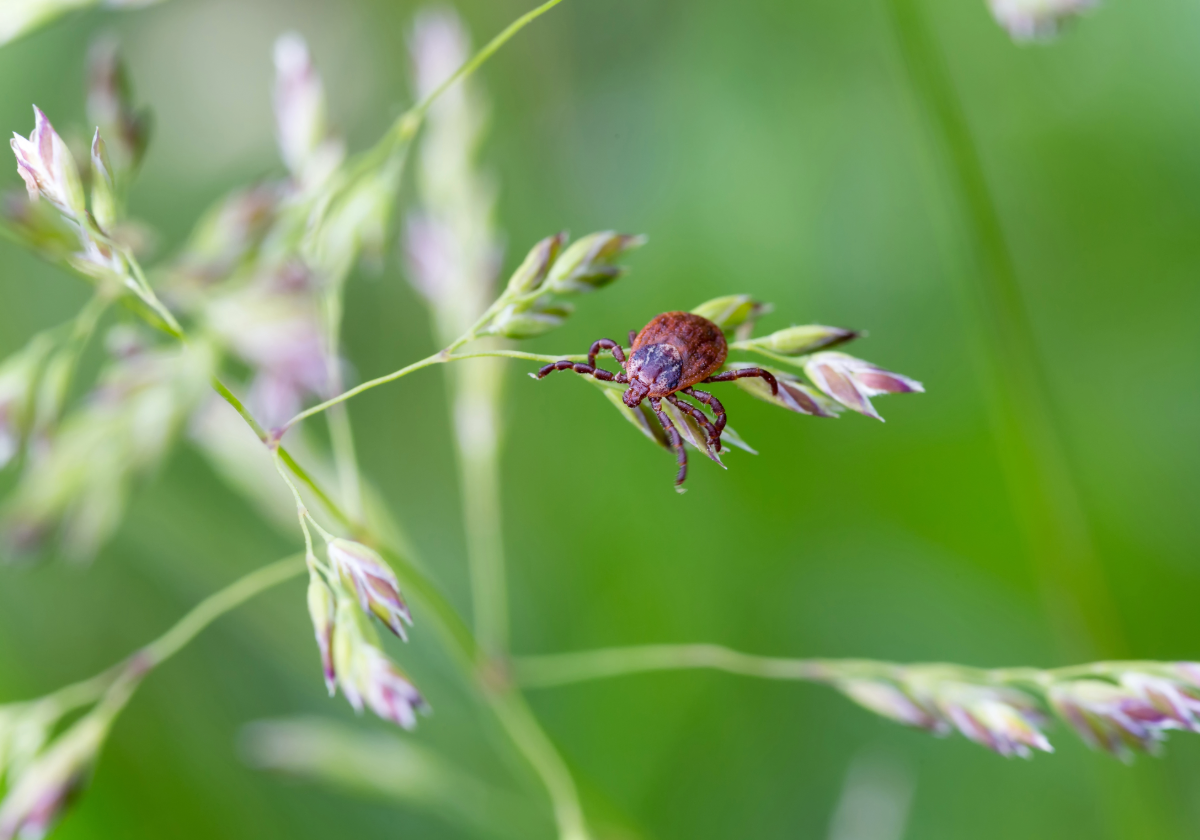Though many people seem to think pest activity dies down in the winter, there are still many active pests that find shelter in your home. The most common winter invading pests are detailed below.
Rodents (house mice, deer mice, rats)

Rodents invade buildings all year round, but their incentive to do so is highest in the late fall when temperatures and available food sources outside begin to drop. They can enter structures through gaps around the exterior, or via the sewer system, especially if toilets and floor drains dry up, in urban areas. These urban rodents can live out their entire life cycles inside of buildings if they have access to sufficient food sources, so they are oftentimes a year-round problem and require holistic management strategies.
Fall Invading Insects

One of the few benefits of winter in Minnesota for many people is that there aren’t as many bugs out and about! While there are a few insects and arachnids that remain active outside in Minnesota through the winter, they do not commonly invade structures. However, fall invading insects oftentimes make themselves known indoors in the middle of the winter when sunny weather or increased indoor heat “wake them up” from their hibernation. Some of the most common fall invaders in Minnesota are boxelder bugs, stink bugs, asian lady beetles, paper wasps, and west conifer seed bugs. Pavement ants may also crop up in the winter, especially in lower levels. See our recent video on Fall Invaders for information about these insects and their management as pests.
Structural Insects and Spiders

Bugs such as cockroaches, cellar spiders, silverfish, and house centipedes remain active all year long inside of buildings and generally do not spike seasonally. Predatory bugs such as house centipedes and spiders may have more limited food sources in the winter due to a decrease in available invading insects, but oftentimes survive until spring, so the quantity of insects invading from the exterior in the warm months is one of the most important holistic methods for controlling house centipedes and spiders. Similarly, some pests such as silverfish, dermestid beetles, and spider beetles can subsist off of dead insects inside of wall voids and attics. As always, prevention is the best strategy.



